How New York City Speakeasies Changed American Culture Forever
Credit to Author: Peter Kusnic| Date: Fri, 17 Jan 2020 22:08:21 +0000
Though the Prohibition era is often defined by what people couldn’t do, the speakeasy opened American culture to possibilities that were unthinkable at the time. On the 100-year anniversary of the beginning of Prohibition, we look back at the ways this time period changed American culture forever.
Before speakeasies, women weren’t allowed to go to bars, casual dating wasn’t a thing, no one was ordering craft cocktails, and drag queens weren’t considered a typical form of weekend entertainment. While the National Prohibition Act (aka the Volstead Act)—banning the production, importation, and distribution of alcoholic beverages—intended to stifle people’s desire to get together and have a good time, it ended up increasing it tenfold.
Lasting from 1920 to 1933, Prohibition occurred in lockstep with major cultural movements of the time, like women’s suffrage, the industrial boom, mass immigration, and The Great Depression. For many people, breaking one law (the Volstead Act) gave them an unspoken license to break the Victorian norms of their parents’ generation, ushering in what F. Scott Fitzgerald described as “a whole race going hedonistic, deciding on pleasure.”
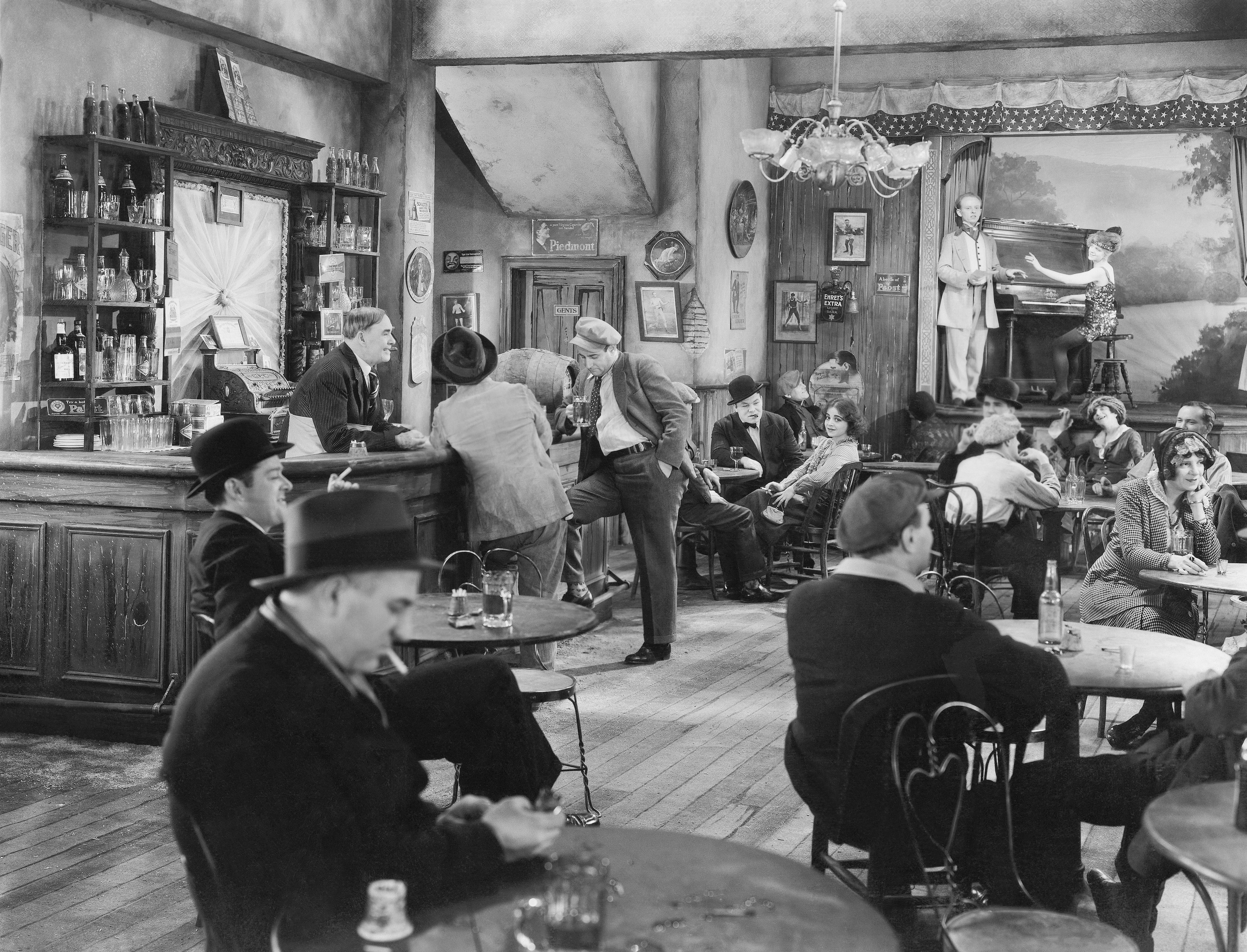
The epicenter of this cultural transformation was New York City, the so-called “City on a Still” (as in “distiller”), where as many as 300,000 speakeasies are said to have operated over the thirteen years that Prohibition lasted. Despite the law, it seemed everybody in the country, from former President Warren G. Harding to the local clergy, continued to imbibe, and the resilience of the speakeasy proved the nation’s resolve to do just that, while bringing people from all different backgrounds together in the process.
In a time of rampant segregation, black and white patrons danced and drank together for the first time at Harlem jazz joints like Connie’s Inn, the Hotcha, and the Spider’s Web. While women weren’t typically allowed in men-only saloons, speakeasies were among the first spaces outside of church where men and women could gather and socialize together. Traditional courtship evolved from a family-supervised affair to a personal choice. And the younger generation coined a new term for this romantically liberated practice, “dating.”
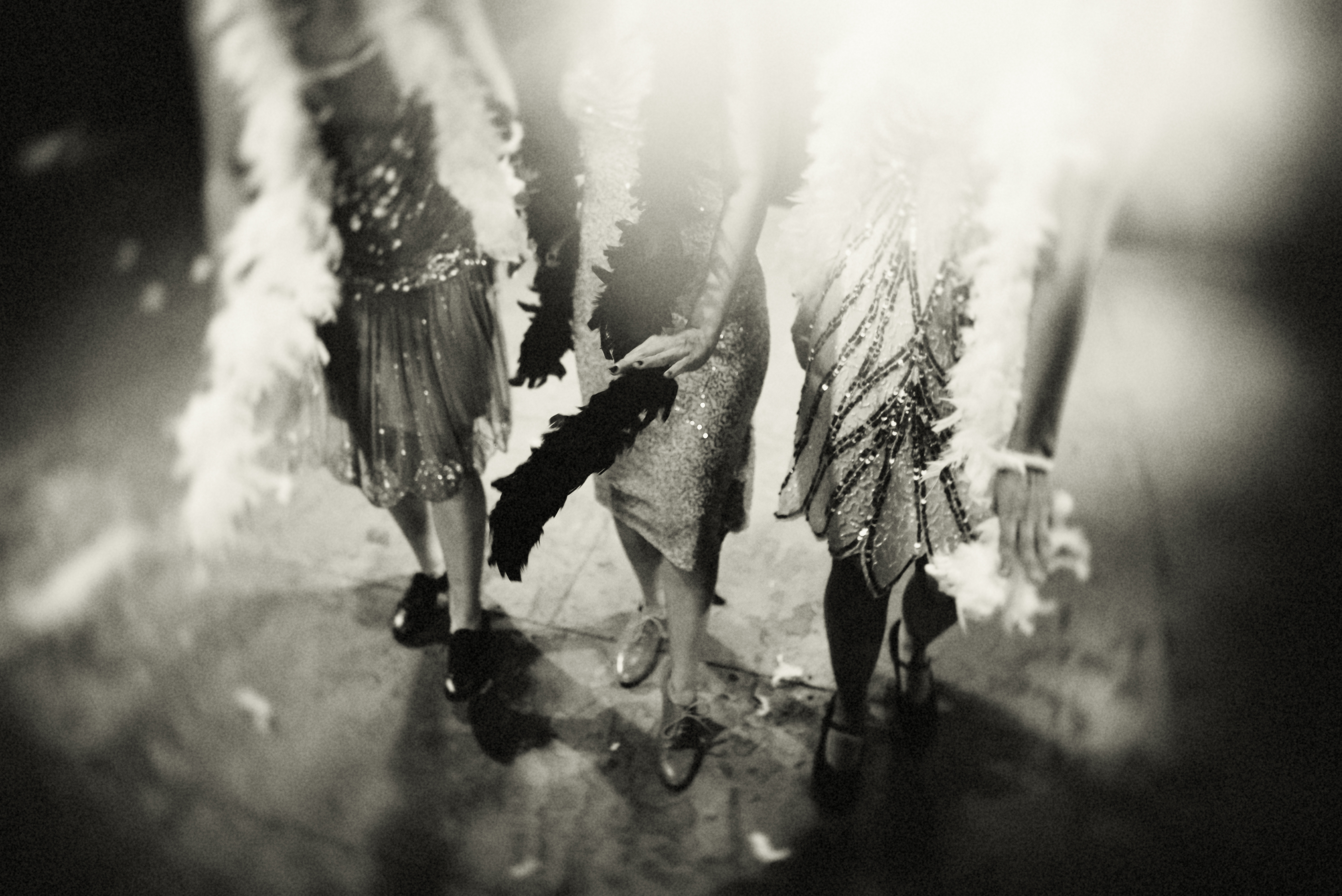
“I think the introduction of letting men and women socialize in the same room, it opened up a new experience,” Brendan Bartley, manager of two popular NYC speakeasies, says. At the time, not only could women date, but society’s expectations of who and what a woman should be fell completely by the wayside once inside speakeasies. “People like Texas Guinan (known as the queen of the speakeasies), especially in New York City, set the standard of what social drinking was in speakeasy bars and that kind of exclusive atmosphere, that was the big picture for them. And people like her put a foothold for women in the 1920s in bartending and being a part of that culture.”
Flapper girls, with their bobbed hairdos and short skirts, epitomized this cultural shift. They were known for bucking conventions of “acceptable” feminine behavior and pushing their way into traditionally male spaces. For perhaps the first time in the nation’s history, women were not only allowed to cuss, drink, and smoke like a man in public, they were encouraged to.
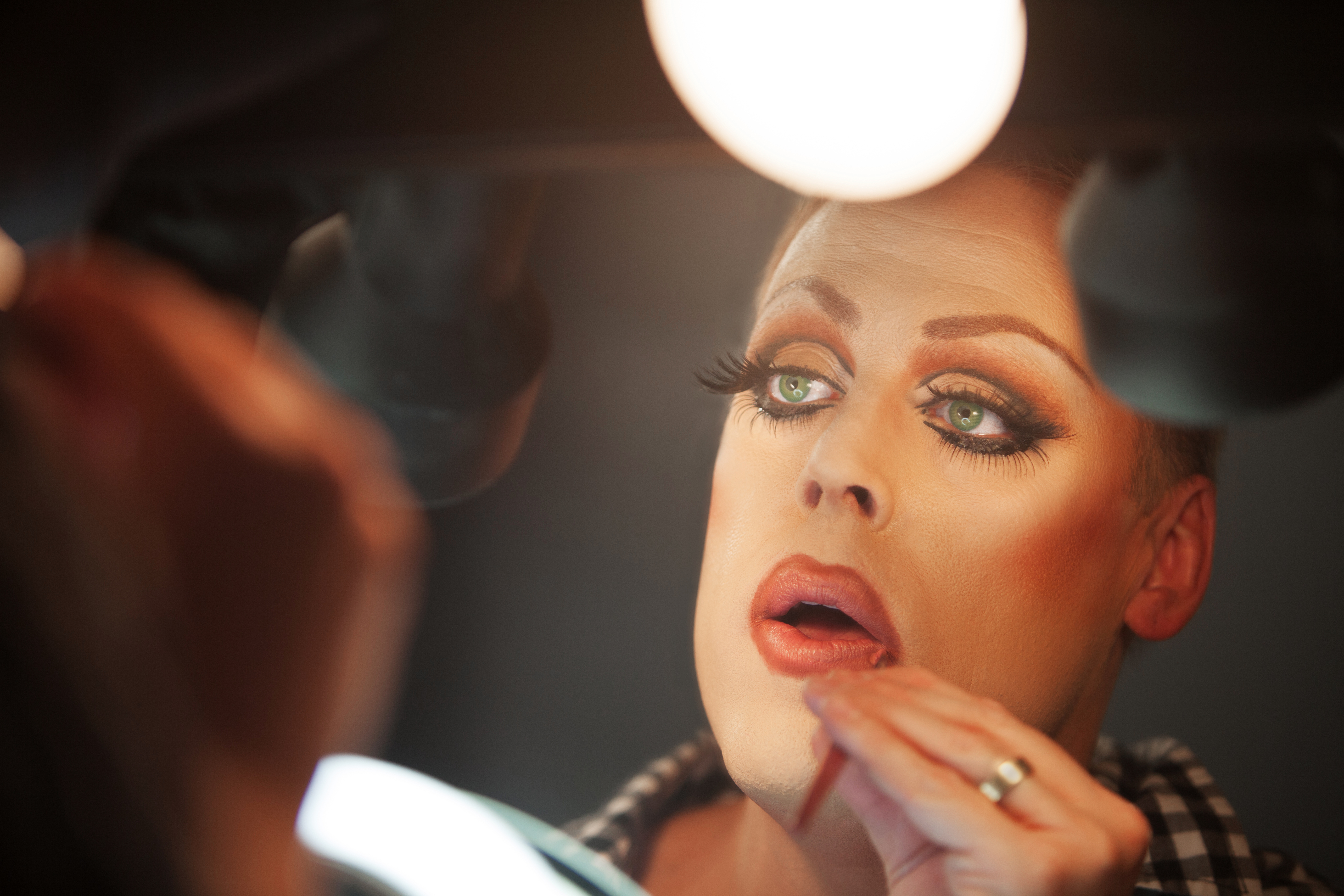
Another genre of performance gained prominence during this time period: drag. “Rather than uplifting the general populace’s morality, Prohibition drove middle class and other ‘respectable’ people into the underground,” Dr. Lady J (Jeremiah Davenport), the official drag historian to the Austin International Drag Festival, says, “where they stood alongside queer folks and drag performers who already operated outside the law.” Soon, the art of gender bending ruled New York City. “Suddenly the average man was exposed to the ‘Pansy Craze’ already on the rise with New York’s hipper crowds.”
The Harlem drag balls drew thousands of spectators, and the Pansy Craze gave rise to openly gay performers like Gene Malin, the “six-foot-tall, 200-pound bruiser…[with] an attitude and a lisp,” whose headline show at the ritzy Club Abbey made him one of the highest paid nightclub entertainers of 1930. Legendary female impersonator Julian Eltinge ran a magazine widely read by women for its pro makeup tips. Paving the way for future queens a century later, Eltinge even launched his own line of cosmetics, corsets, and shoes.
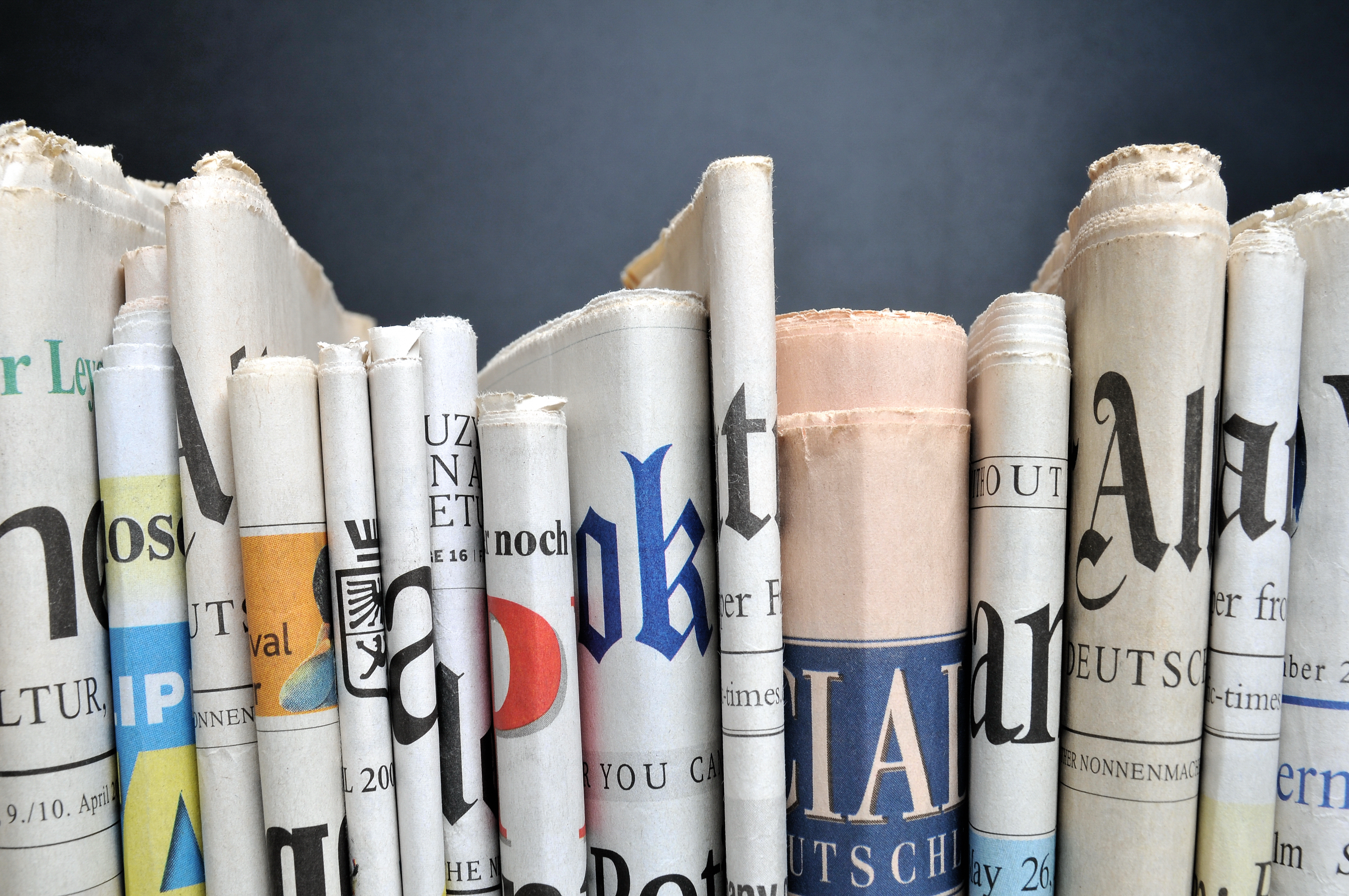
Also at this time, gossip columns gained popularity, launching a number of speakeasy trends into the mainstream, including fashion. As images of bobs, boas, sequins, cloche hats, loose fabrics, and high hemlines proliferated on newsstands nationwide, women dressed, dyed their hair, did their makeup, and used the slang of the day like the It Girls they read about. Though the 1920s are best known for women’s fashion, they impacted men’s as well, with the vested three-piece suit—the iconic style of Al Capone and other tabloid mobsters of the era—being the sartorial standard for a night on the town.
Craft cocktails might be the epitome of glamour today, but their origin story is slightly less so. In order to disguise the often offensive taste of bathtub moonshine (which was sourced from industrial-grade alcohols), clubs began devising cocktail recipes. They would add notes of citrus, grenadine, honey, mint, pineapple, and other potent flavors that could successfully mask the liquor’s foul taste. The trend spawned some of the first modern-day craft cocktails, like the honey-and-lemon-infused gin cocktail, the Bee’s Knees, and the Last Word, a mix of gin, green chartreuse, and maraschino.
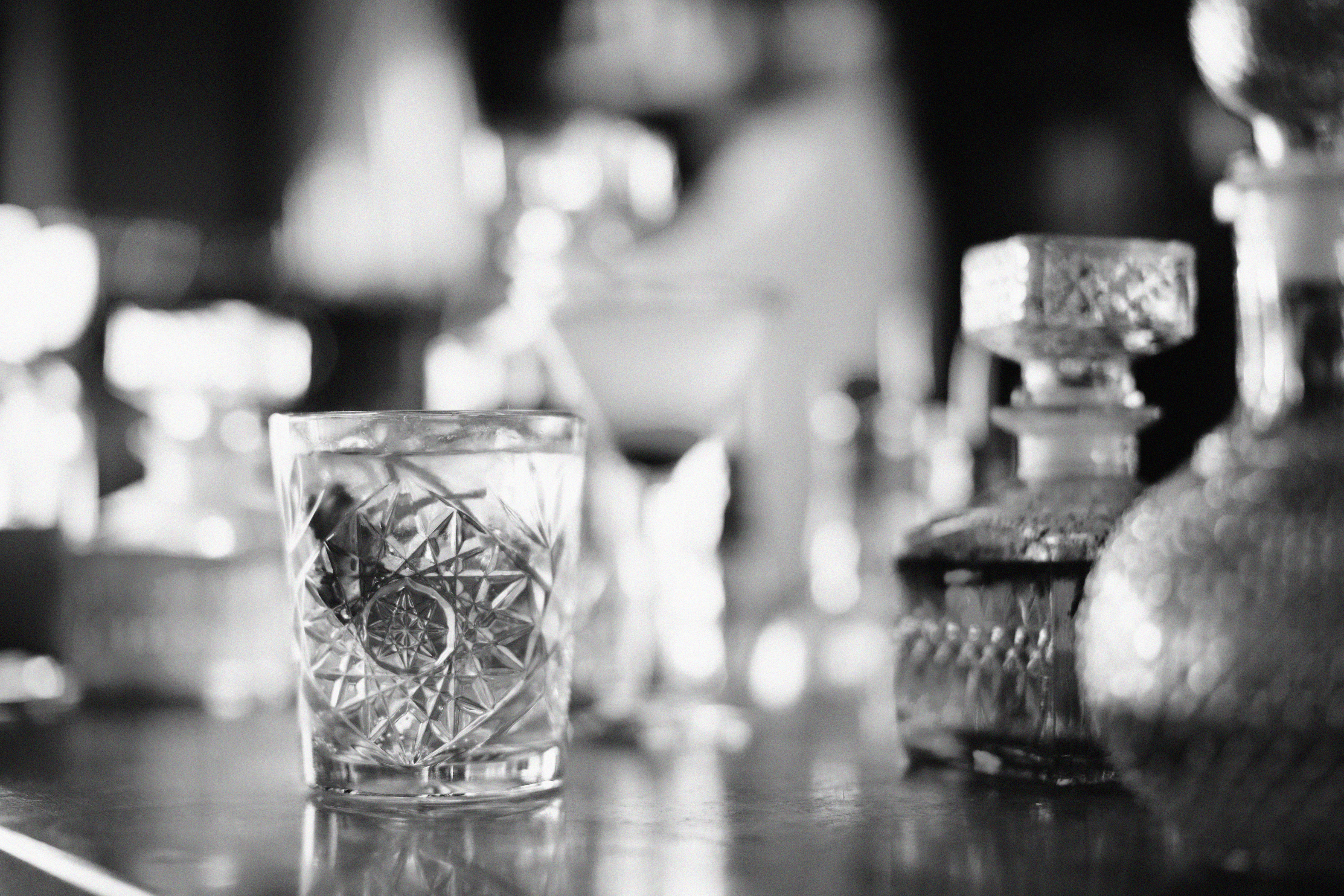
While Prohibition is now a century behind us—and we’re no longer drinking bathtub hooch—in recent years, there’s been a resurgence of the speakeasy, with upscale, covert bars popping up in major cities all over the country. Hidden behind coffee shops and laundromats, these modern-day speakeasies replicate their Prohibition-era counterparts by offering patrons something that’s hard to find in today’s culture: privacy.
“I think the appeal is that old-world mentality of being in an environment where you're tucked away from anything going on in the outside world,” Bartley says. “Especially in New York City, where there’s a lot of hustle and bustle. In a speakeasy, there’s no windows, there’s no clocks, you’re hidden.” There’s also an exclusivity factor that people enjoy, Barley says. “Some places have secret passages. It’s like belonging to a small fraternity of people. Those who know, know.”
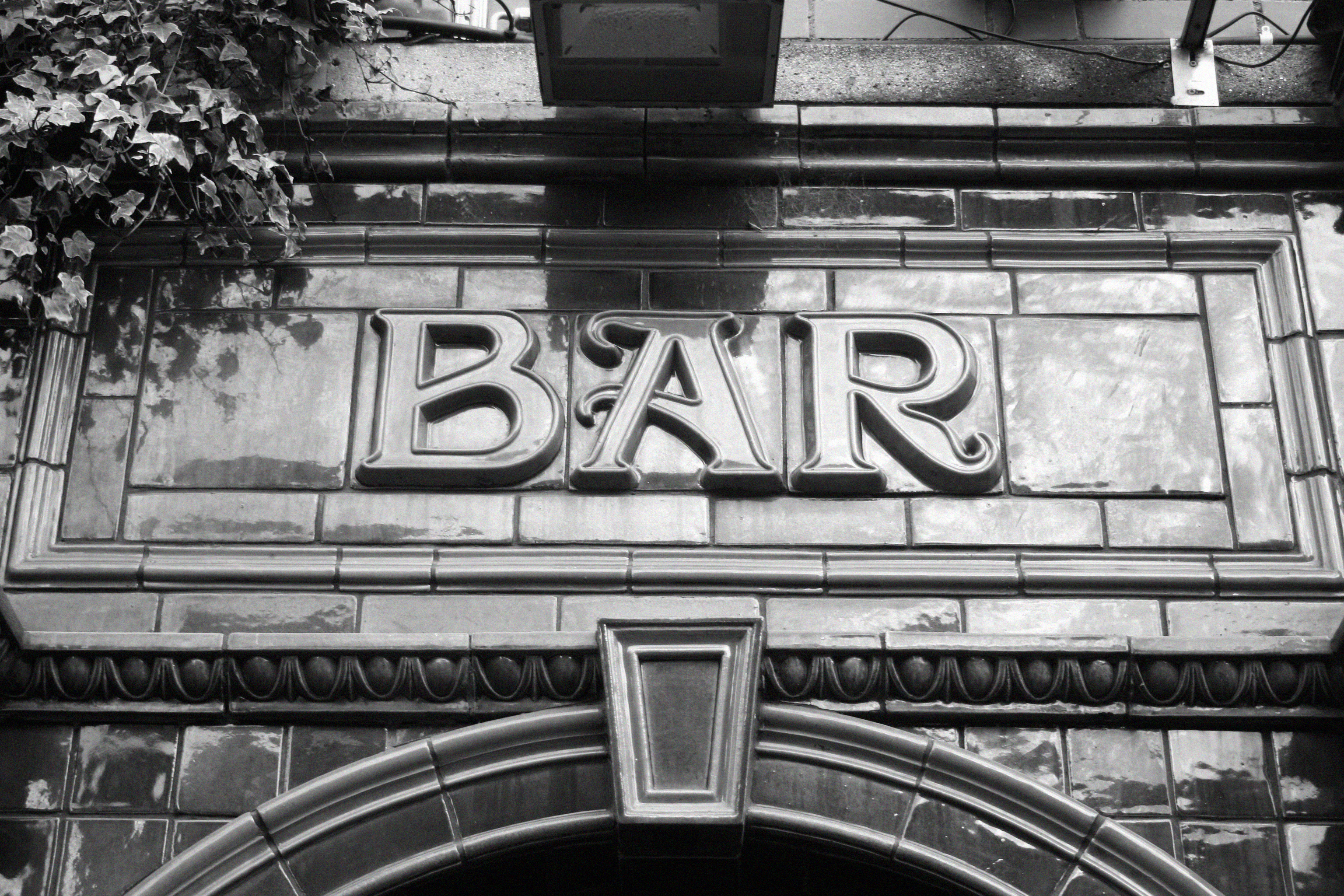
Prohibition marked a major turning point in American culture. It was a decade of unprecedented progress and unspeakable despair that challenged the national spirit and necessitated an outlet for people to escape and be themselves. It proved that bars and saloons were an integral part of the community, one people weren’t willing to give up. If it was the bootleg liquor that made the ‘20s roar, it was the first loves and lasting traditions born in speakeasies all over the country that changed the culture forever.
This article originally appeared on VICE US.